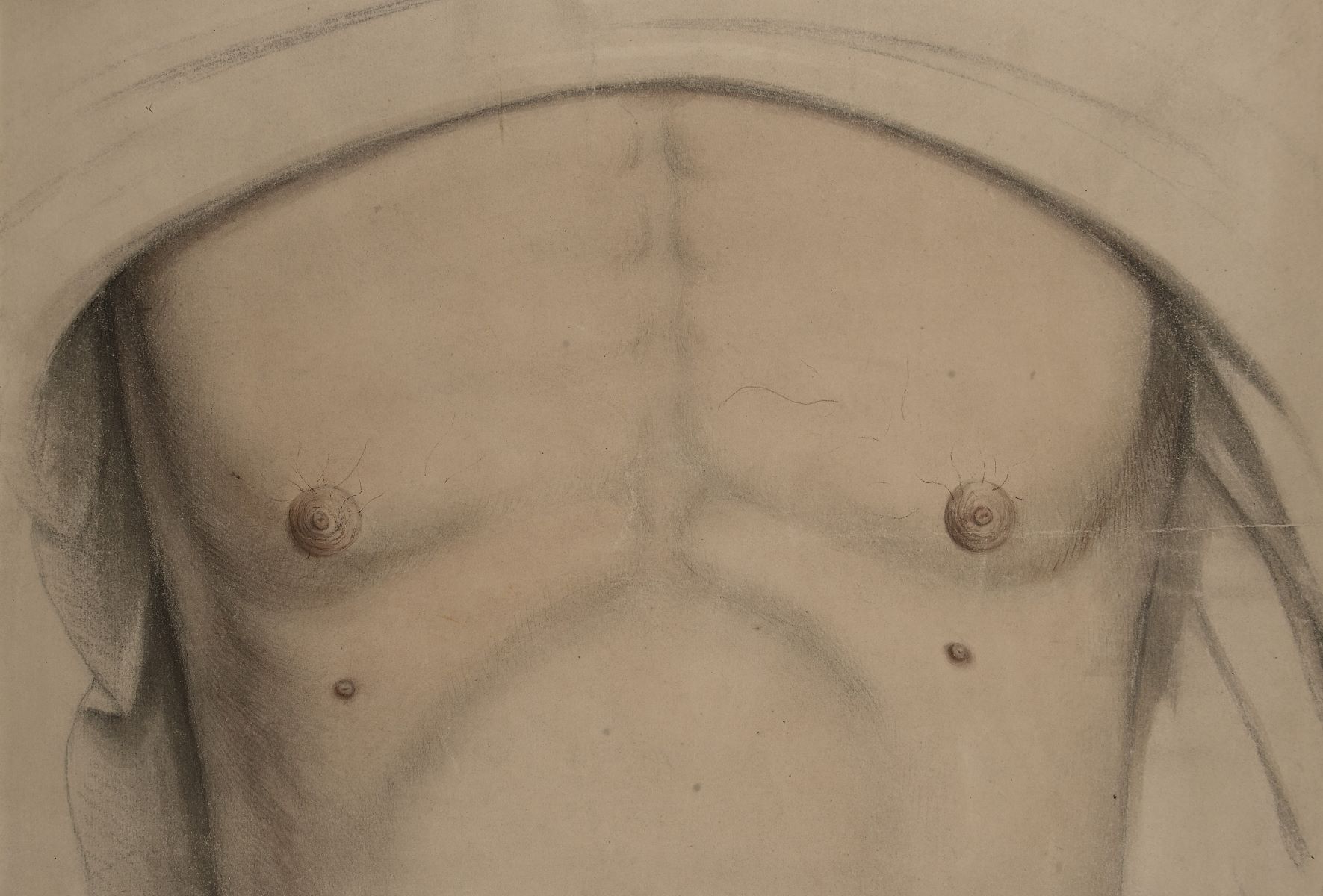
Did you know that some people have extra nipples, a condition known as supernumerary nipples? These additional nipples can appear anywhere along the "milk lines," which run from the armpits to the groin. Uropathies are another fascinating topic, involving various disorders of the urinary system. These can range from kidney stones to more complex conditions like vesicoureteral reflux. Becker's nevus syndrome is a rare skin disorder characterized by a large, dark patch of skin, often accompanied by excessive hair growth. This syndrome can also include muscle and skeletal abnormalities. Understanding these conditions can help demystify the human body and its quirks. Let's dive into 30 intriguing facts about these medical phenomena!
Key Takeaways:
- Extra Nipples, Urinary Tract Issues, and Skin Birthmarks Did you know that some people have extra nipples? They're usually harmless, but can sometimes be linked to kidney or urinary tract problems. There's also a rare skin condition called Becker's Nevus Syndrome, which can affect self-esteem.
- Take Care of Your Urinary Health Uropathies, like UTIs and kidney stones, can cause discomfort. Drinking water, eating well, and good hygiene can help prevent these issues. If you ever notice anything unusual, it's important to see a doctor.
Supernumerary Nipples
Supernumerary nipples, also known as accessory or extra nipples, are more common than you might think. They can appear anywhere along the "milk line," which extends from the armpits to the groin. Here are some intriguing facts about them:
- Prevalence: About 1 in 18 people have supernumerary nipples, making it a relatively common condition.
- Gender Neutral: Both males and females can have extra nipples, though they are often more noticeable in males due to less breast tissue.
- Appearance: These extra nipples can look like moles or small raised bumps, often mistaken for skin tags.
- Functionality: Supernumerary nipples usually don't function like regular nipples and rarely produce milk.
- Genetics: The condition can be hereditary, passed down through generations.
- Historical Beliefs: In the past, extra nipples were sometimes associated with witchcraft or supernatural powers.
- Medical Concerns: While generally harmless, they can occasionally be linked to kidney or urinary tract issues.
- Removal: If desired, extra nipples can be surgically removed, often for cosmetic reasons.
- Animal Kingdom: Many mammals, including dogs and cats, commonly have multiple nipples, which is normal for their species.
Uropathies
Uropathies refer to diseases or disorders affecting the urinary tract. These conditions can range from mild to severe and can impact anyone. Here are some key facts:
- Types: Uropathies include conditions like urinary tract infections (UTIs), kidney stones, and bladder cancer.
- Symptoms: Common symptoms include pain during urination, frequent urination, and blood in the urine.
- Causes: Bacterial infections, genetic factors, and lifestyle choices like diet can contribute to uropathies.
- Diagnosis: Diagnosing uropathies often involves urine tests, imaging studies, and sometimes cystoscopy.
- Treatment: Treatments vary widely, from antibiotics for infections to surgery for more severe conditions.
- Prevention: Drinking plenty of water, maintaining good hygiene, and a balanced diet can help prevent some uropathies.
- Gender Differences: Women are more prone to UTIs due to their shorter urethra, while men are more likely to develop kidney stones.
- Age Factor: Older adults are at higher risk for uropathies due to weakened immune systems and other health issues.
- Complications: Untreated uropathies can lead to serious complications like kidney damage or sepsis.
- Research: Ongoing research aims to develop better diagnostic tools and treatments for various uropathies.
Becker's Nevus Syndrome
Becker's Nevus Syndrome is a rare skin disorder characterized by the presence of a large, pigmented birthmark. It can be associated with other abnormalities. Here are some fascinating facts:
- Discovery: Named after dermatologist Samuel William Becker, who first described it in 1949.
- Appearance: The nevus typically appears as a large, brown patch, often on the upper torso or shoulder.
- Hair Growth: The affected area may have increased hair growth, known as hypertrichosis.
- Onset: It usually becomes noticeable during adolescence, often coinciding with hormonal changes.
- Gender Prevalence: More common in males than females.
- Associated Conditions: Can be linked to skeletal abnormalities, such as scoliosis or underdeveloped muscles.
- Genetics: The exact cause is unknown, but it is believed to involve genetic and hormonal factors.
- Diagnosis: Typically diagnosed through clinical examination and sometimes skin biopsy.
- Treatment: There is no cure, but treatments like laser therapy can help reduce pigmentation and hair growth.
- Psychological Impact: The visible nature of the nevus can affect self-esteem and mental health, particularly in adolescents.
- Research: Scientists continue to study Becker's Nevus Syndrome to better understand its causes and develop more effective treatments.
Final Thoughts on Rare Medical Conditions
Supernumerary nipples, uropathies, and Becker's nevus syndrome might sound like terms from a medical textbook, but they affect real people. Supernumerary nipples, often mistaken for moles, are usually harmless. Uropathies, involving urinary tract issues, can range from mild to severe, impacting daily life. Becker's nevus syndrome, with its unique skin patches, often appears during adolescence.
Understanding these conditions helps in recognizing symptoms early and seeking appropriate care. Awareness can also reduce stigma, making it easier for those affected to discuss their experiences. Knowledge empowers us to support friends, family, or even ourselves if faced with these conditions.
Stay curious and informed. The more we know, the better we can navigate the complexities of health and wellness.
Frequently Asked Questions
Was this page helpful?
Our commitment to delivering trustworthy and engaging content is at the heart of what we do. Each fact on our site is contributed by real users like you, bringing a wealth of diverse insights and information. To ensure the highest standards of accuracy and reliability, our dedicated editors meticulously review each submission. This process guarantees that the facts we share are not only fascinating but also credible. Trust in our commitment to quality and authenticity as you explore and learn with us.


